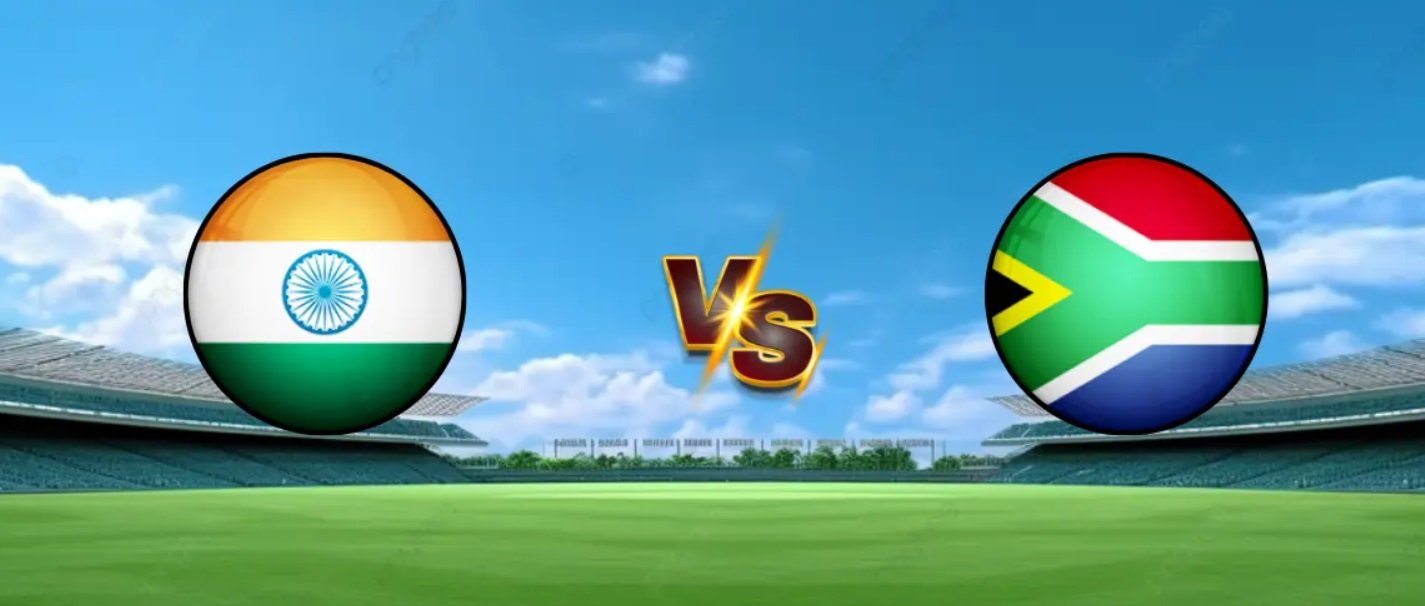Few cricketing rivalries capture the imagination of fans quite like the contests between South Africa and India. Whether played on the bouncy tracks of Johannesburg or the spin-friendly pitches of Chennai, their encounters consistently offer drama, intensity, and exceptional skill. Over the years, this matchup has evolved from a straightforward contest into a clash of contrasting cricketing cultures, philosophies, and strengths. In doing so, it has helped shape the modern era of international cricket.
The story of South Africa versus India is rooted in two very different cricketing identities. South Africa has long been associated with pace, aggression, and athleticism. Their fast bowlers—spanning generations from Allan Donald to Dale Steyn, and more recently Kagiso Rabada and Anrich Nortje—have made life difficult for batters around the world. Hard lengths, relentless accuracy, and steep bounce have been the hallmarks of their attack, especially at home. India, meanwhile, built its early legacy on wristy batters and lethal spin. Names like Anil Kumble, Harbhajan Singh, and later Ravichandran Ashwin established India as a spin powerhouse. But what makes this rivalry fascinating is how both nations have adapted over time.
In the last decade, India has transformed into a formidable traveling side. No longer are they reliant solely on spin or on home conditions. A new generation of fast bowlers—Jasprit Bumrah, Mohammed Shami, and Mohammed Siraj among them—has given India the edge needed to win tough battles abroad. As a result, matches in South Africa are no longer one-sided pace-dominated affairs. Instead, they become displays of fast-bowling excellence from both sides, often turning Test series into gripping contests decided by small margins. South Africa, on the other hand, has strengthened its batting depth over the years, with talents like Hashim Amla, AB de Villiers, and Quinton de Kock offering stability and flair. This shift has brought balance and unpredictability to the rivalry.
Perhaps the most memorable aspect of South Africa versus India games is the contrast in conditions. When India hosts, the ball turns, grips, and challenges visiting batters mentally and technically. When South Africa hosts, the ball seams, swings, and climbs unpredictably. This constant adaptation—learning to survive, compete, and ultimately dominate in foreign conditions—has pushed both teams to grow. Fans have witnessed nail-biting finishes in Tests, explosive showdowns in T20s, and intense ODI battles. Each format brings a different flavor to the rivalry.
In the ODI World Cup and T20 World Cup tournaments, matchups between the two sides often become marquee events. The pressure of knockout stages, the weight of national expectations, and the high stakes of global tournaments bring out the very best in both teams. Over the years, fans have seen unforgettable innings, fiery spells, emotional moments, and performances that remain part of cricketing folklore. Even in the Indian Premier League, the influence of South African players—whether as leaders, all-rounders, or fielding maestros—has helped deepen respect and understanding between the two cricket cultures.
Another dimension of this rivalry is the mutual admiration shared by players on both sides. While the matches are fiercely competitive, there is also sportsmanship and camaraderie. Indian players often speak about learning to handle pace bowling by playing in South Africa, while South African batters talk about understanding spin by touring India. Coaches, commentators, and former players frequently highlight how each team pushes the other to evolve. This rivalry is not built on animosity but on respect, challenge, and a shared desire to excel.
What truly makes South Africa versus India special is the unpredictability. Neither team dominates the other consistently, and both hold unique strengths capable of turning matches around in moments. A fiery spell from a fast bowler, a gritty century from a middle-order batter, or a clever spell from a spinner can shift momentum in seconds. Fans tune in not just to see who wins, but to witness the unfolding of skill, strategy, and heart.
As cricket continues to evolve, this rivalry will only grow more exciting. Younger players are stepping into the limelight, formats are changing, and conditions are being mastered like never before. Yet the essence remains the same: two proud cricketing nations pushing each other to their limits, creating memories that fans cherish for years.
South Africa versus India is more than just a match. It is a statement of resilience, adaptation, and passion—a rivalry that continues to elevate the game of cricket.







Comments are closed